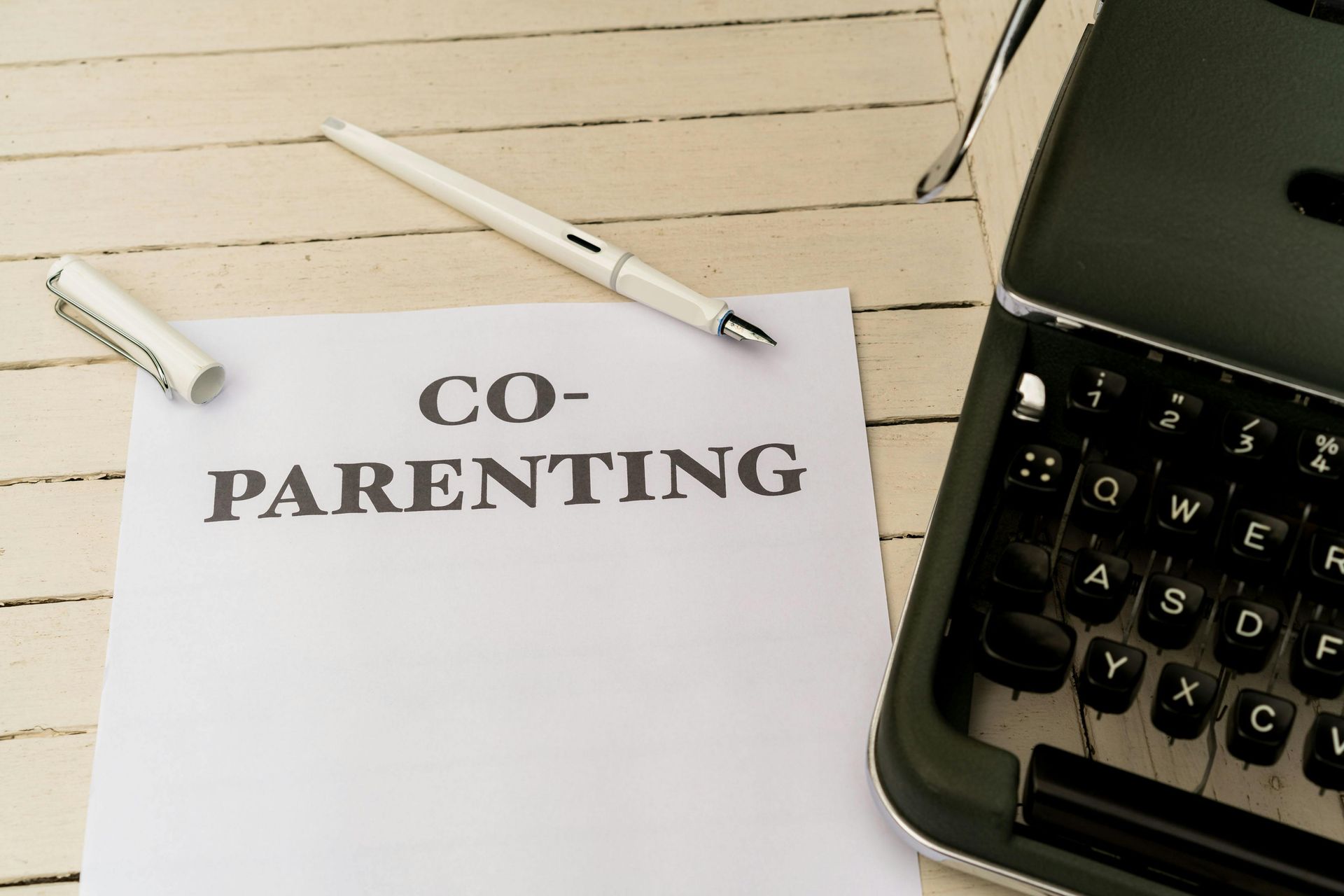How to Handle a Stepchild That Will Not Accept You: A Guide for Stepparents
Becoming a stepparent is one of life’s most rewarding but also challenging roles. You step into a family where relationships are already established, emotions are complex, and loyalties run deep. One of the most painful hurdles many stepparents face is when a stepchild does not accept them. Whether it’s due to loyalty to the biological parent, confusion, resentment, or grief over family changes, rejection can feel deeply personal and discouraging.
If you’re struggling with a stepchild who won’t accept you, know you’re not alone. This experience is common, and there are positive, constructive ways to handle the situation. Here’s a thoughtful guide to help you navigate this delicate dynamic and build a stronger, healthier relationship over time.
---
Understand the Root of the Resistance
Before reacting to rejection, it’s crucial to understand the underlying reasons why a stepchild might resist your presence. Their feelings might not be about you personally — rather, they could stem from:
· Loyalty to their biological parent: They may feel that accepting a stepparent means betraying their other parent.
· Grief and loss: Divorce or separation can feel like a loss or trauma, and they might be mourning their old family.
· Adjustment difficulties: They might be uncomfortable or confused about changes in family roles.
· Age and developmental stage: Teenagers, especially, can resist authority figures as part of asserting independence.
· Past experiences: Previous family conflicts or disruptions can cause trust issues.
Understanding these reasons helps you approach the situation with empathy rather than frustration.
---
Step 1: Practice Patience and Give It Time
Building trust with a stepchild is rarely instant. It takes time, especially if the child is young or deeply attached to their biological parent. Resist the urge to rush the relationship or force closeness. Instead:
· Allow the stepchild to set the pace.
· Respect their feelings and boundaries.
· Keep showing up consistently in a calm, positive way.
Time often softens resistance, especially when a stepchild sees you are genuinely there to support, not replace, their parent.
---
Step 2: Build Trust Through Consistency and Respect
Children thrive on predictability and respect. To foster trust:
· Be reliable: Keep promises and be consistent with rules and expectations.
· Show respect: Listen to their feelings without judgment, even if they reject you.
· Avoid overstepping: Don’t try to replace their biological parent or force affection.
· Create safe spaces: Make your home or shared time with the child a place where they feel safe and heard.
Consistency builds security, which helps break down emotional walls.
---
Step 3: Communicate Openly and Honestly
Communication is the bridge to understanding. Even if the child isn’t ready to open up, keep lines of communication available:
· Ask open-ended questions gently — “How are you feeling about everything?” or “Is there anything you want to talk about?”
· Share your feelings in an age-appropriate way. For example, “I really want to get to know you better and be someone you can count on.”
· Validate their emotions — don’t dismiss anger or sadness.
· Avoid lectures or trying to “fix” everything immediately.
Honest, patient communication shows that you respect their perspective.
---
Step 4: Find Common Ground and Build Shared Experiences
Sometimes connection starts through shared activities rather than direct emotional conversations. Identify interests or hobbies the stepchild enjoys and participate:
· Play sports or games together.
· Help with schoolwork or a project.
· Watch a favorite movie or show.
· Cook or bake together.
· Attend events or outings they like.
Positive shared experiences build memories and association of fun and safety with your presence.
---
Step 5: Support the Relationship With the Biological Parent
It’s essential to avoid creating conflict or forcing loyalty to you over their biological parent. Instead:
· Support and respect their relationship with their biological parent.
· Never speak negatively about the other parent in front of the child.
· Collaborate with your partner on parenting approaches and show a united front.
· Acknowledge the unique role both you and the biological parent play.
When a stepchild feels their parent’s love and loyalty are secure, they may feel safer opening up to you.
---
Step 6: Take Care of Yourself Emotionally
Feeling rejected by a stepchild can be deeply painful. To maintain your wellbeing:
· Talk to trusted friends, family, or a therapist about your feelings.
· Practice self-care and stress relief.
· Stay patient and realistic about progress.
· Celebrate small wins — even brief moments of connection matter.
When you feel emotionally balanced, you can be more present and empathetic.
---
Step 7: Set Healthy Boundaries and Manage Expectations
While patience is vital, it’s also important to set boundaries:
· Make clear what behaviors are acceptable.
· Don’t tolerate disrespect or hostility.
· Know that acceptance may take months or years — progress can be slow and non-linear.
· Accept that you may not become a “parent” figure immediately, or ever, and that’s okay.
Healthy boundaries protect everyone’s emotional safety and help relationships develop positively.
---
Step 8: Seek Professional Support if Needed
If challenges persist or family tensions grow, don’t hesitate to seek outside help:
· Family or stepfamily counseling can provide a safe space to address conflicts.
· A therapist or counselor experienced in blended family dynamics can help both you and the child.
· Parenting classes or support groups for stepparents can offer advice and connection.
Professional support can accelerate healing and understanding.
---
Remember: Acceptance Is a Journey, Not a Destination
The path to being accepted by a stepchild is rarely straightforward. It’s often marked by setbacks and progress, frustration and hope. But by showing consistent love, respect, and patience — and by honoring the child’s feelings and family ties — you create the foundation for a meaningful relationship.
Even if a stepchild never fully “accepts” you in the way you imagined, your efforts matter. You can still be a positive, stabilizing presence in their life and an important part of the family.
---
Final Thoughts
Navigating rejection from a stepchild can feel heartbreaking and isolating, but it’s also an opportunity for growth and resilience. The most important thing is to keep your heart open, your actions respectful, and your expectations realistic. With time and love, many stepparents find that those once cold walls begin to thaw — leading to trust, respect, and sometimes, even deep affection.
If you’re struggling in this journey, remember you’re not alone — countless stepparents face this challenge, and support is available. Your role is important, and your presence matters.
More Family Law Blogs
by Anne Harvey









